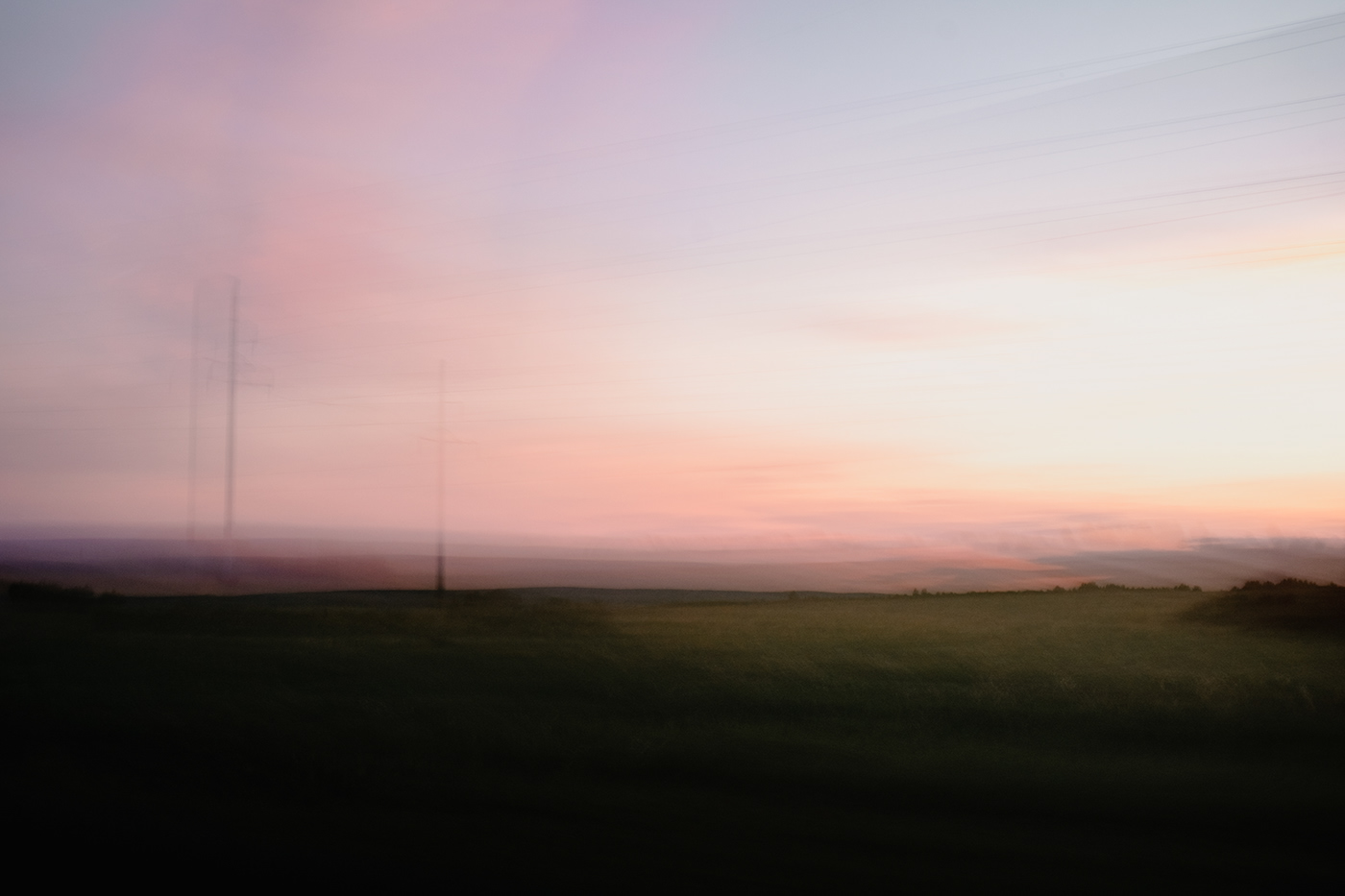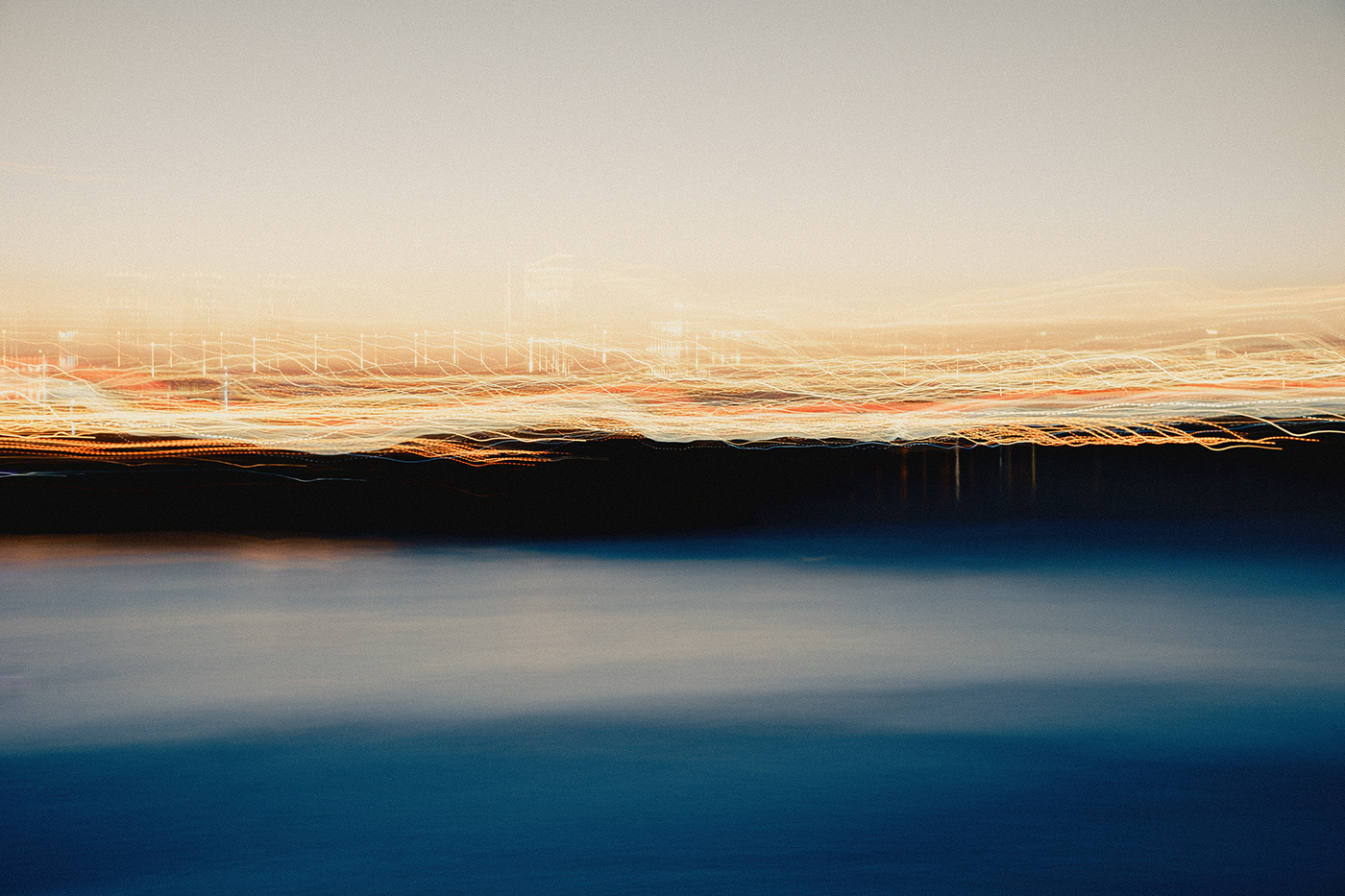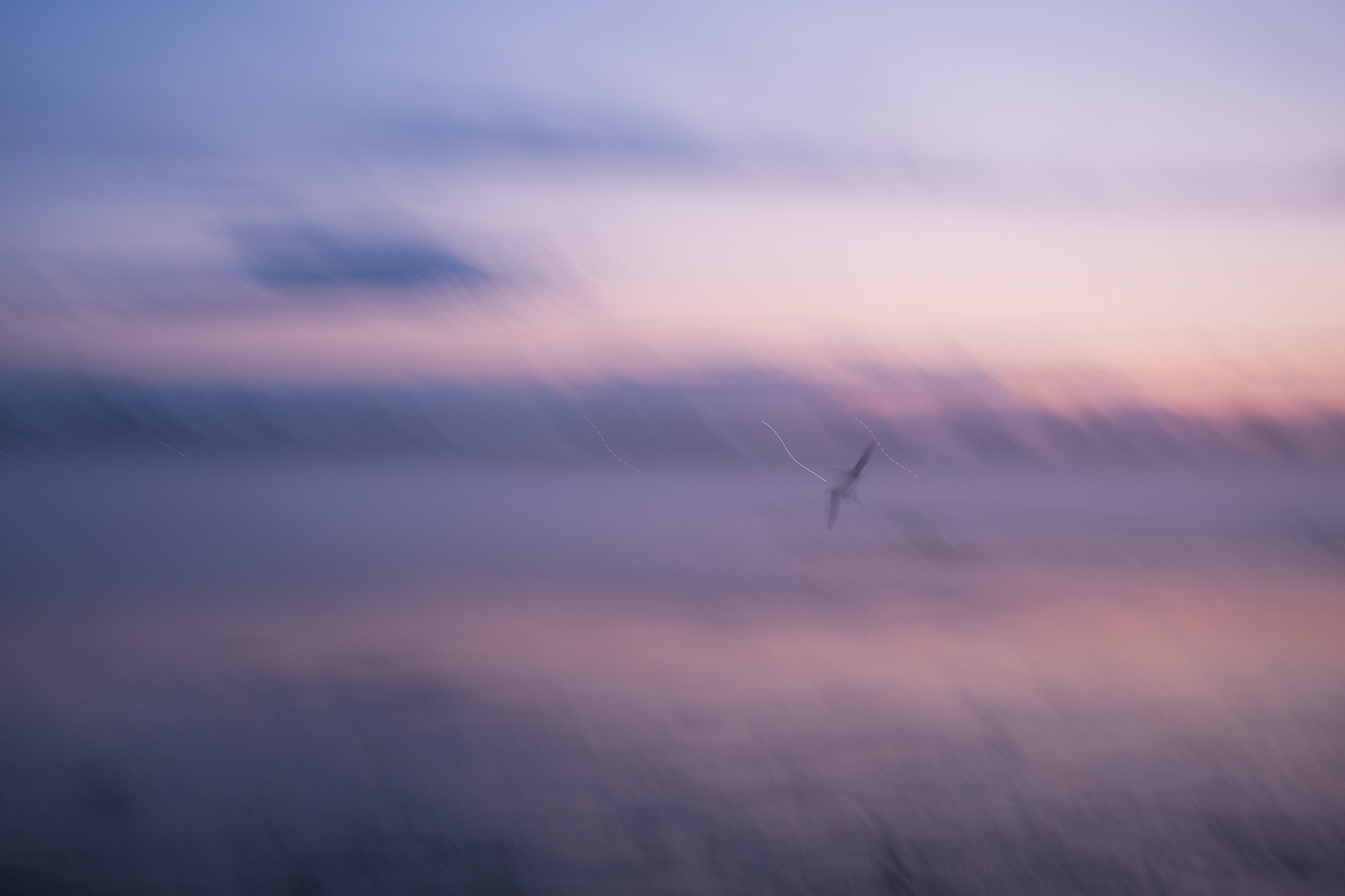"Melting Visions from Siberia"
Part 1 (An ongoing photo project)
-
Following the path in which photography has a special meaning in my life, I come more and more to the call of poetry and emotional response in the frame. Abstract forms, out-of-focus objects, observation of light, archetypes and associations that allow the imagination to glide in that space,
that's what is responding now. If you perceive a photo as a fragment in memory, then memory itself reproduces events most often gently, vaguely,
in a kind of emotional flow, where detail and special effects play second fiddle.
-
"When you look at an artist's painting… You are trying to perceive it holistically… You are not looking for fragments from other paintings in it…
And you don't study individual strokes or brush strokes… Intellectual analysis is also not needed, Consonance is important..." ~ Ngo-Ma.
-
"For a better perception, look with a defocused, distracted gaze (as if looking into the distance through an object). Do not cover the whole subject,
but notice only individual details – colors and shades, the play of light and shadow.
To make it easier for yourself to perform this exercise and better understand its essence, it is very useful to turn to the paintings of impressionists, especially such as Claude Monet, Paul Cezanne, Vincent Van Gogh. Their vision of the world is close to magical. You will see that the images in the Impressionist paintings consist of highlights, spots, the play of light and shadow, iridescence and shades of color. These are captured moments, this is a direct perception of the world, and not the reproduction of ready-made images imprinted in the brain. It seems that the artist transfers the world as it is to the canvas, not knowing in advance what images will arise from it." ~ Mark Buckner.
-
Идя по пути, в котором фотография имеет особое объемное значение в моей жизни, все больше прихожу к зову поэзии и эмоциональному отклику в кадре. Абстрактные формы, расфокусные объекты, наблюдение света, архетипы и ассоциации, которые позволяют скользить воображению, вот то, что откликается сейчас. Если воспринимать фото как фрагмент в памяти, то память сама воспроизводя события рисует чаще всего их мягко, расплывчато, в неком эмоциональном потоке, где детализация и спецэффекты играют вторую скрипку.
-
«Когда смотришь на картину художника… Ты пытаешься воспринимать ее целостно… Не ищешь в ней фрагменты из других картин… И не изучаешь отдельные штрихи или мазки кисти… Интеллектуальный анализ тоже не нужен, важно Созвучие…» ~ Нго-Ма.
-
«Для лучшего восприятия смотрите расфокусированным, рассеянным взглядом (как будто смотрите вдаль сквозь предмет).
Не охватывайте предмет целиком, а замечайте лишь отдельные детали – цвета и оттенки, игру света и тени.
Чтобы облегчить себе выполнение этого упражнения и лучше понять его суть, очень полезно бывает обратиться к полотнам импрессионистов, особенно таких как Клод Моне, Поль Сезанн, Винсент Ван Гог. Их видение мира близко к магическому Вы увидите,
что образы на картинах импрессионистов состоят из бликов, пятен, игры света и тени, переливов и оттенков цвета. Это запечатленные мгновения, это непосредственное восприятие мира, а не воспроизведение уже готовых образов, запечатлевшихся в мозгу.
Такое впечатление, что художник переносит на холст мир как он есть, заранее не зная, какие образы из этого возникнут.»
-

You can download this photo on Unsplash
































You can download this photo on Unsplash










